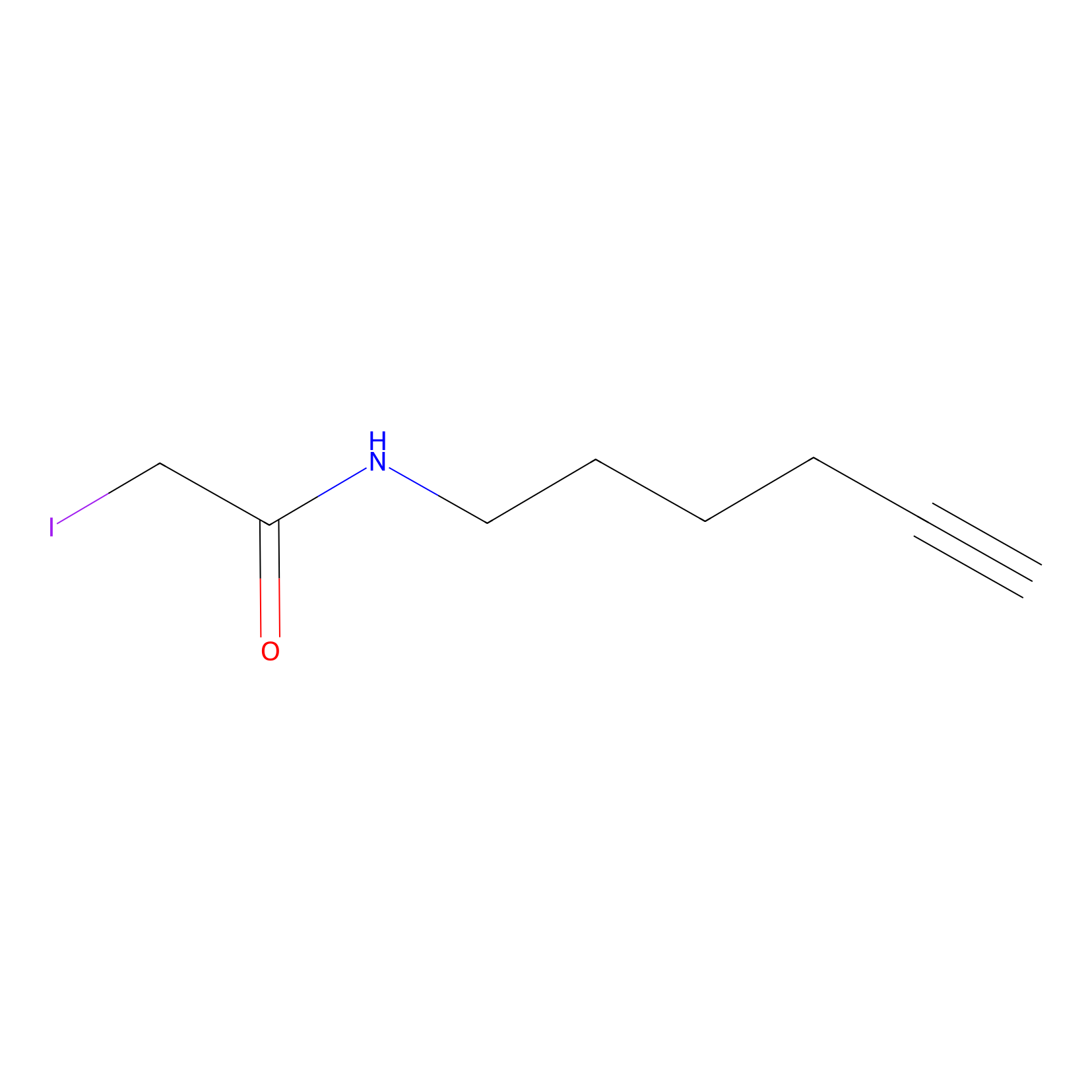Details of the Target
General Information of Target
| Target ID | LDTP04563 | |||||
|---|---|---|---|---|---|---|
| Target Name | Protein FosB (FOSB) | |||||
| Gene Name | FOSB | |||||
| Gene ID | 2354 | |||||
| Synonyms |
G0S3; Protein FosB; FosB proto-oncogene, AP-1 transcription factor subunit; G0/G1 switch regulatory protein 3; Transcription factor AP-1 subunit FosB |
|||||
| 3D Structure | ||||||
| Sequence |
MFQAFPGDYDSGSRCSSSPSAESQYLSSVDSFGSPPTAAASQECAGLGEMPGSFVPTVTA
ITTSQDLQWLVQPTLISSMAQSQGQPLASQPPVVDPYDMPGTSYSTPGMSGYSSGGASGS GGPSTSGTTSGPGPARPARARPRRPREETLTPEEEEKRRVRRERNKLAAAKCRNRRRELT DRLQAETDQLEEEKAELESEIAELQKEKERLEFVLVAHKPGCKIPYEEGPGPGPLAEVRD LPGSAPAKEDGFSWLLPPPPPPPLPFQTSQDAPPNLTASLFTHSEVQVLGDPFPVVNPSY TSSFVLTCPEVSAFAGAQRTSGSDQPSDPLNSPSLLAL |
|||||
| Target Bioclass |
Transcription factor
|
|||||
| Family |
BZIP family, Fos subfamily
|
|||||
| Subcellular location |
Nucleus
|
|||||
| Function |
Heterodimerizes with proteins of the JUN family to form an AP-1 transcription factor complex, thereby enhancing their DNA binding activity to gene promoters containing an AP-1 consensus sequence 5'-TGA[GC]TCA-3' and enhancing their transcriptional activity. As part of the AP-1 complex, facilitates enhancer selection together with cell-type-specific transcription factors by collaboratively binding to nucleosomal enhancers and recruiting the SWI/SNF (BAF) chromatin remodeling complex to establish accessible chromatin. Together with JUN, plays a role in activation-induced cell death of T cells by binding to the AP-1 promoter site of FASLG/CD95L, and inducing its transcription in response to activation of the TCR/CD3 signaling pathway. Exhibits transactivation activity in vitro. Involved in the display of nurturing behavior towards newborns. May play a role in neurogenesis in the hippocampus and in learning and memory-related tasks by regulating the expression of various genes involved in neurogenesis, depression and epilepsy. Implicated in behavioral responses related to morphine reward and spatial memory.; [Isoform 11]: Exhibits lower transactivation activity than isoform 1 in vitro. The heterodimer with JUN does not display any transcriptional activity, and may thereby act as an transcriptional inhibitor. May be involved in the regulation of neurogenesis in the hippocampus. May play a role in synaptic modifications in nucleus accumbens medium spiny neurons and thereby play a role in adaptive and pathological reward-dependent learning, including maladaptive responses involved in drug addiction. Seems to be more stably expressed with a half-life of ~9.5 hours in cell culture as compared to 1.5 hours half-life of isoform 1.
|
|||||
| Uniprot ID | ||||||
| Ensemble ID | ||||||
| HGNC ID | ||||||
| ChEMBL ID | ||||||
Target Site Mutations in Different Cell Lines
Probe(s) Labeling This Target
ABPP Probe
| Probe name | Structure | Binding Site(Ratio) | Interaction ID | Ref | |
|---|---|---|---|---|---|
|
IA-alkyne Probe Info |
 |
N.A. | LDD0165 | [1] | |
The Interaction Atlas With This Target
The Protein(s) Related To This Target
Enzyme
Transcription factor
Cytokine and receptor
| Protein name | Family | Uniprot ID | |||
|---|---|---|---|---|---|
| Cyclic AMP-dependent transcription factor ATF-2 (ATF2) | BZIP family | P15336 | |||
Other
